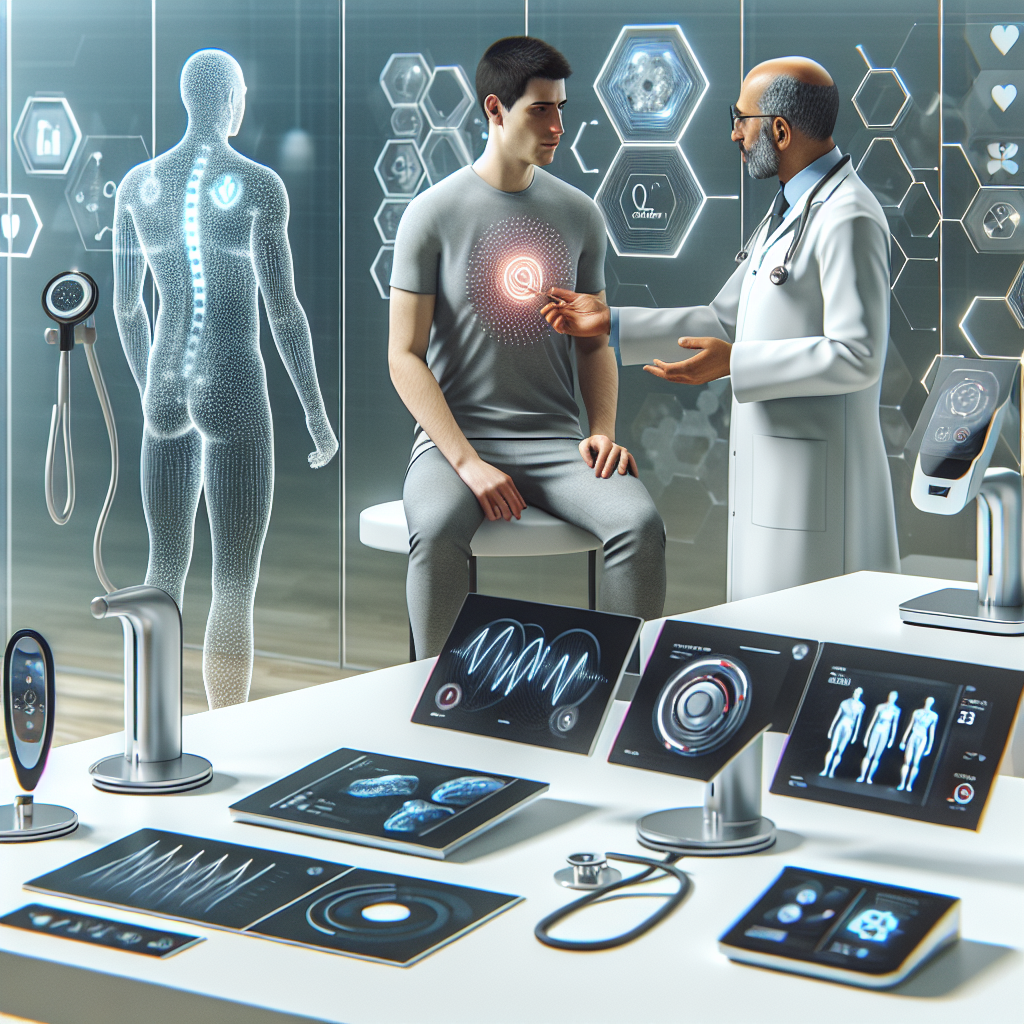ED Recovery: Post-Treatment Guide
Introduction
Erectile dysfunction (ED) is a common health issue affecting millions of men across all age groups. While it’s often associated with aging, ED can stem from numerous causes, including chronic diseases, hormonal imbalances, and lifestyle factors. Fortunately, with advancements in medical treatments and lifestyle interventions, men can regain their sexual confidence and function.
Post-treatment recovery involves incorporating a heart-healthy lifestyle, maintaining emotional well-being, and adopting habits that enhance sexual function in the long run. This guide provides a comprehensive look at what to expect after ED treatment, how to maximize recovery, and strategies that help maintain sexual health.
The Role of Lifestyle Modifications in ED Recovery
Making positive lifestyle changes can significantly improve erectile function. Following a Mediterranean diet and engaging in regular physical activity, particularly aerobic exercises, can enhance blood circulation and endothelial function—key factors in sustaining erections.
Overcoming Psychological Barriers: The Mental Side of ED Recovery
Stress, anxiety, and depression can significantly hinder the recovery process. Cognitive-behavioral therapy (CBT) and mindfulness-based therapy have been shown to effectively improve ED symptoms by addressing underlying psychological distress.
Strengthening Your Pelvic Floor: A Key to ED Improvement
Pelvic floor exercises, particularly Kegel exercises, are effective in strengthening the muscles responsible for erectile rigidity and ejaculation control. By incorporating these exercises into your daily routine, you can improve blood flow to the pelvic region, enhance erection quality, and increase long-term sexual stamina.
Medication vs. Natural Therapies: Finding the Right Balance
While medications such as sildenafil (Viagra) or tadalafil (Cialis) offer quick relief, they are not long-term solutions for everyone. A balanced approach, using medication when needed but also making long-term lifestyle changes, can lead to sustainable improvements in sexual health.
The Future of ED Treatment: Emerging Therapies and Innovations
Beyond traditional treatments, new therapies such as Low-Intensity Shockwave Therapy (LI-ESWT) are showing promise for ED recovery. These emerging treatments may offer new hope for men struggling with persistent erectile dysfunction.
Final Thoughts: A Holistic Approach to Long-Term ED Recovery
Recovering from ED is a journey that involves medical interventions and a commitment to a healthier lifestyle. Adopting a holistic approach, which includes regular exercise, stress management, pelvic floor exercises, and a balanced use of medication, increases the chances of sustained improvement in sexual function and overall well-being.
Summary:
This comprehensive guide provides key strategies for men recovering from erectile dysfunction (ED). It covers the importance of lifestyle modifications, addressing psychological barriers, strengthening the pelvic floor, balancing medication with natural therapies, and exploring emerging treatments. By taking a holistic approach, men can regain their sexual confidence and achieve long-term improvements in sexual health.
References:
1. [Mediterranean Diet and Erectile Function](https://www.jsm.jsexmed.org/article/S1743-6095(18)30839-5/fulltext)
2. [Exercise and Erectile Function](https://www.europeanurology.com/article/S0302-2838(17)30993-9/fulltext)
3. [Cognitive-Behavioral Therapy for ED](https://www.mayoclinic.org/diseases-conditions/erectile-dysfunction/diagnosis-treatment/drc-20355782)
4. [Mindfulness Therapy and Erectile Dysfunction](https://onlinelibrary.wiley.com/doi/10.1002/jclp.23041)
5. [Pelvic Floor Exercises and ED](https://bjui-journals.onlinelibrary.wiley.com/doi/10.1111/j.1464-410X.2004.04853.x)
6. [Comparison of ED Medications and Lifestyle Interventions](https://www.amjmed.com/article/S0002-9343(19)30545-8/fulltext)
7. [Low-Intensity Shockwave Therapy for ED](https://www.auajournals.org/doi/10.1097/JU.0000000000000663)

Dominic E. is a passionate filmmaker navigating the exciting intersection of art and science. By day, he delves into the complexities of the human body as a full-time medical writer, meticulously translating intricate medical concepts into accessible and engaging narratives. By night, he explores the boundless realm of cinematic storytelling, crafting narratives that evoke emotion and challenge perspectives. Film Student and Full-time Medical Writer for ContentVendor.com



